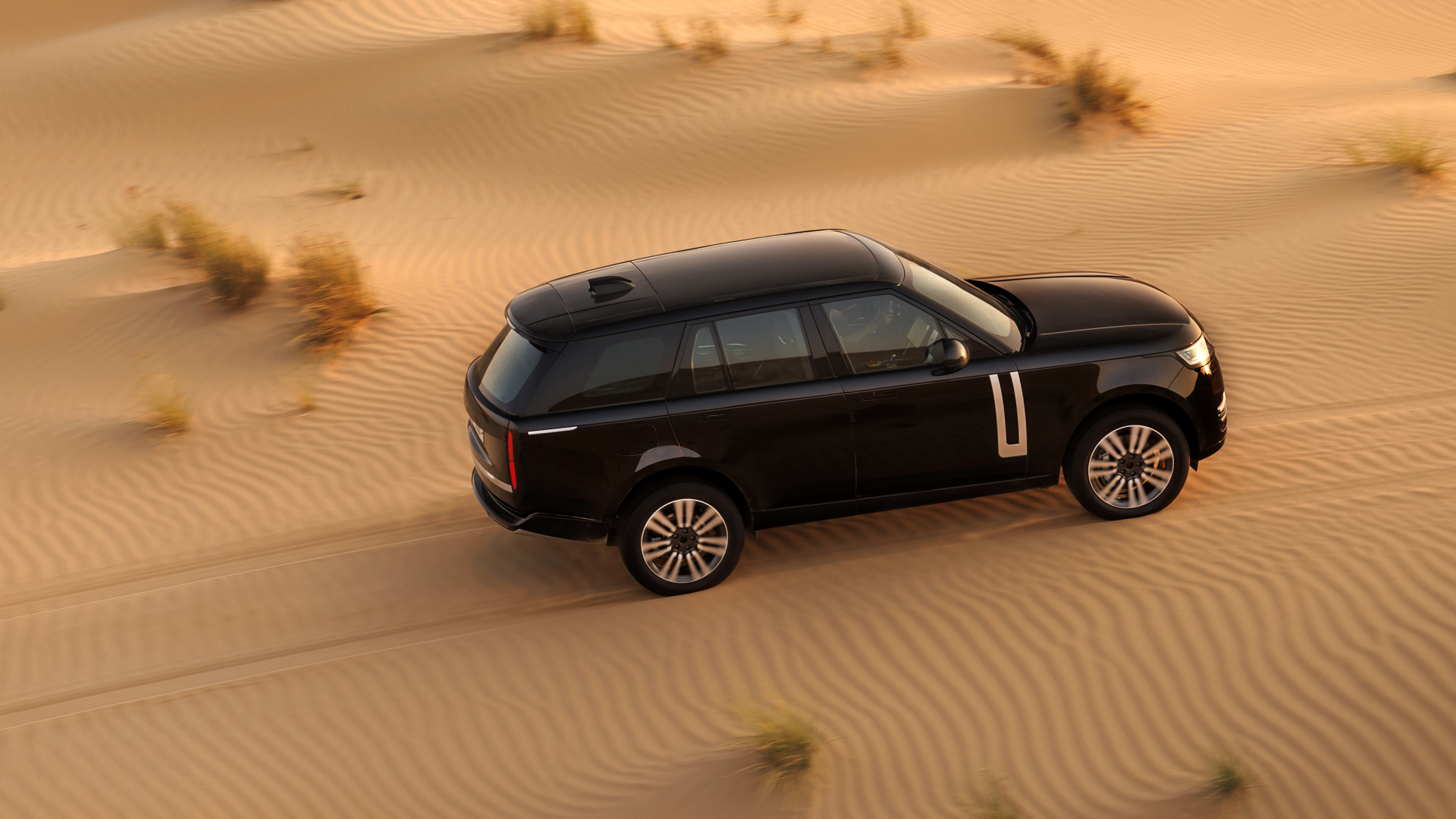

QUICK SUMMARY
New photos of the Range Rover Electric have been revealed by JLR ahead of its official launch in 2025.
Looking almost identical to its petrol- and diesel-powered siblings, the electric SUV has been hot-weather testing in the deserts of Dubai.
Land Rover has released a new set of images of the first all-electric Range Rover – and it all looks very familiar indeed.
We already had an inkling that the Range Rover Electric would look similar to its internal-combustion siblings, but we didn’t realise quite how similar. These photos, taken during hot-weather testing in Dubai, show a car that looks almost identical to the rest of the Range Rover lineup.
Land Rover hasn’t even bothered with any camouflage this time, instead relying on black paint to hide the fine details of a car that’s due to be fully revealed very soon. As we saw during the last round of teaser shots, the new car has a slightly different front end, owing to the electric platform needing less cooling than an engine.
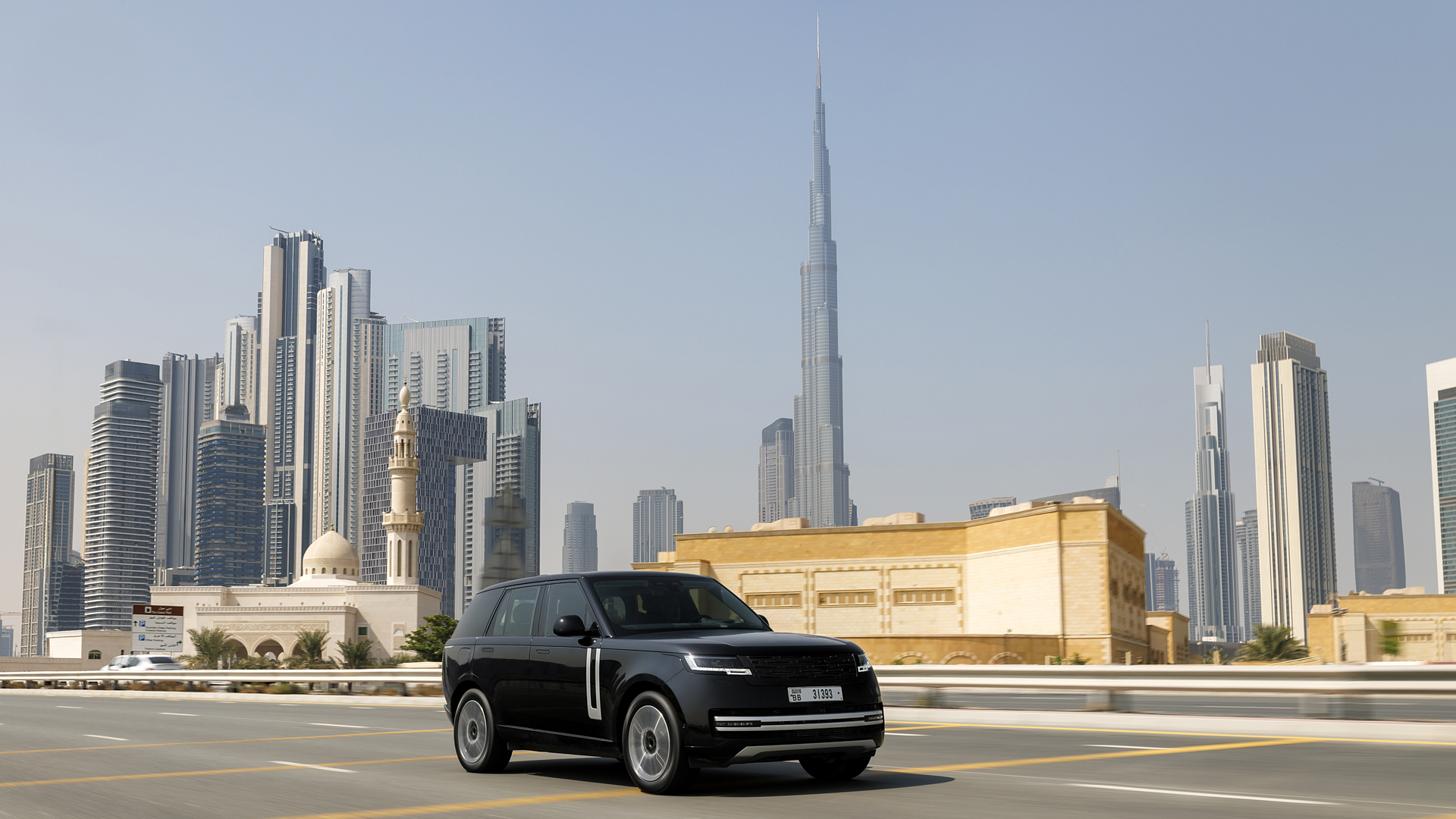
The sides and rear also look very similar to the existing hybrid Range Rover and, so far as we can tell, the interior is almost identical too, with the dashboard housing a large touchscreen display, and little else.
One key difference is how the Range Rover Electric will perform off-road, with Land Rover saying the battery-powered SUV uses a new system called Intelligent Torque Management, which cuts torque reaction time at each wheel from around 100 milliseconds to as little as one millisecond. This should mean even more impressive off-road performance, since the power and torque sent to each wheel can be controlled much more quickly – something that is particularly important when driving on loose surfaces like sand.
Land Rover said: “Well‑balanced weight distribution and an advanced suspension system are designed to maintain control and stability through the sand, performing with ultimate composure. Uncompromised traction systems help provide instant torque allowing for quick acceleration, responsiveness and a refined drive even when navigating diverse dune formations.”
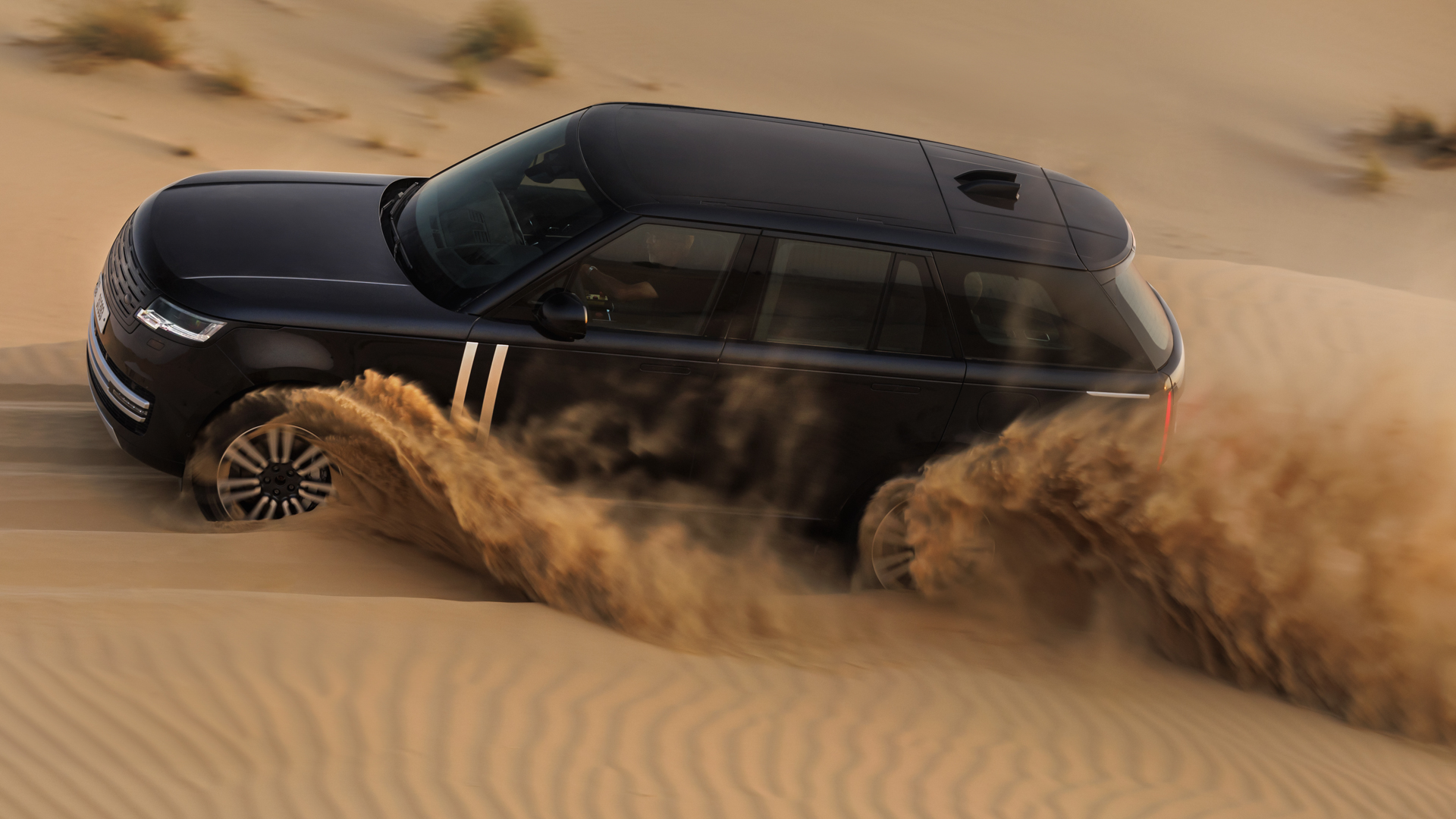
The company also revealed how the car’s thermal management system has been tested to the limit, in the deserts of the United Arab Emirates where temperatures can reach 50 C. Like how engine temperature needs to be kept in an ideal operating window, so does that of the motors, battery and other powertrain components of an electric vehicle.
Sign up to the T3 newsletter for smarter living straight to your inbox
Get all the latest news, reviews, deals and buying guides on gorgeous tech, home and active products from the T3 experts
Thomas Müller, executive director of product engineering at Land Rover, said: “A hot climate is one of the most challenging for any battery electric vehicle, because of the need to cool the cabin and optimize battery performance at the same time. The additional challenge of driving on sand requires controlled low‑speed torque, so our specially developed traction control and thermal management systems work in harmony to help ensure power delivery is unaffected.”
Land Rover says the Range Rover Electric will go on sale in 2025, but is yet to reveal a price or a full set of specifications, including range and charge speed.
Alistair is a freelance automotive and technology journalist. He has bylines on esteemed sites such as the BBC, Forbes, TechRadar, and of best of all, T3, where he covers topics ranging from classic cars and men's lifestyle, to smart home technology, phones, electric cars, autonomy, Swiss watches, and much more besides. He is an experienced journalist, writing news, features, interviews and product reviews. If that didn't make him busy enough, he is also the co-host of the AutoChat podcast.
-
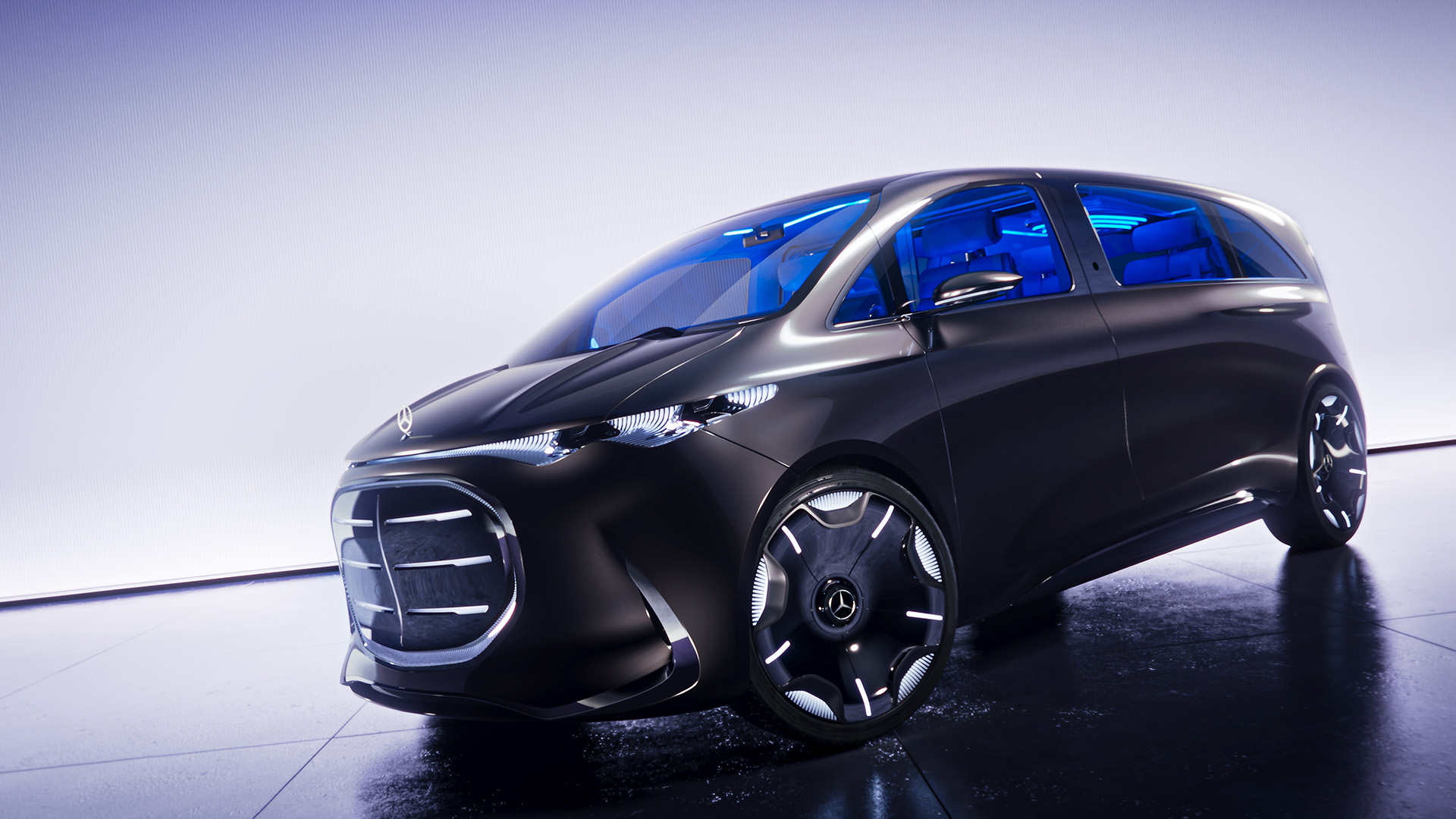 The new Mercedes Vision V concept might be the coolest van I’ve ever seen
The new Mercedes Vision V concept might be the coolest van I’ve ever seenThe interior of this Mercedes van looks more luxurious than a private jet
By Alistair Charlton
-
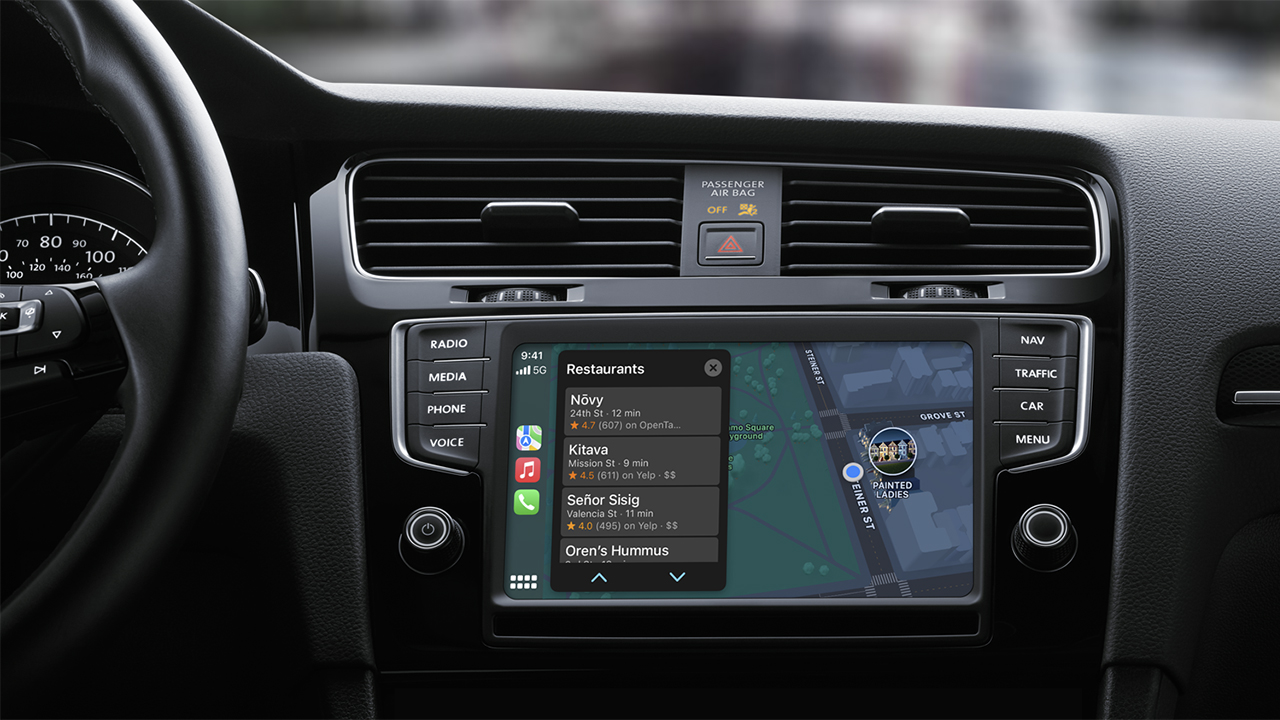 One of Apple CarPlay's new Tesla-like features will soon be removed again
One of Apple CarPlay's new Tesla-like features will soon be removed againJust when you thought you could watch Netflix through CarPlay
By Rik Henderson
-
 Hyundai goes after Renault 5 Turbo with wild Insteroid concept
Hyundai goes after Renault 5 Turbo with wild Insteroid conceptElectric cars are boring? Not on Hyundai’s watch, they aren’t
By Alistair Charlton
-
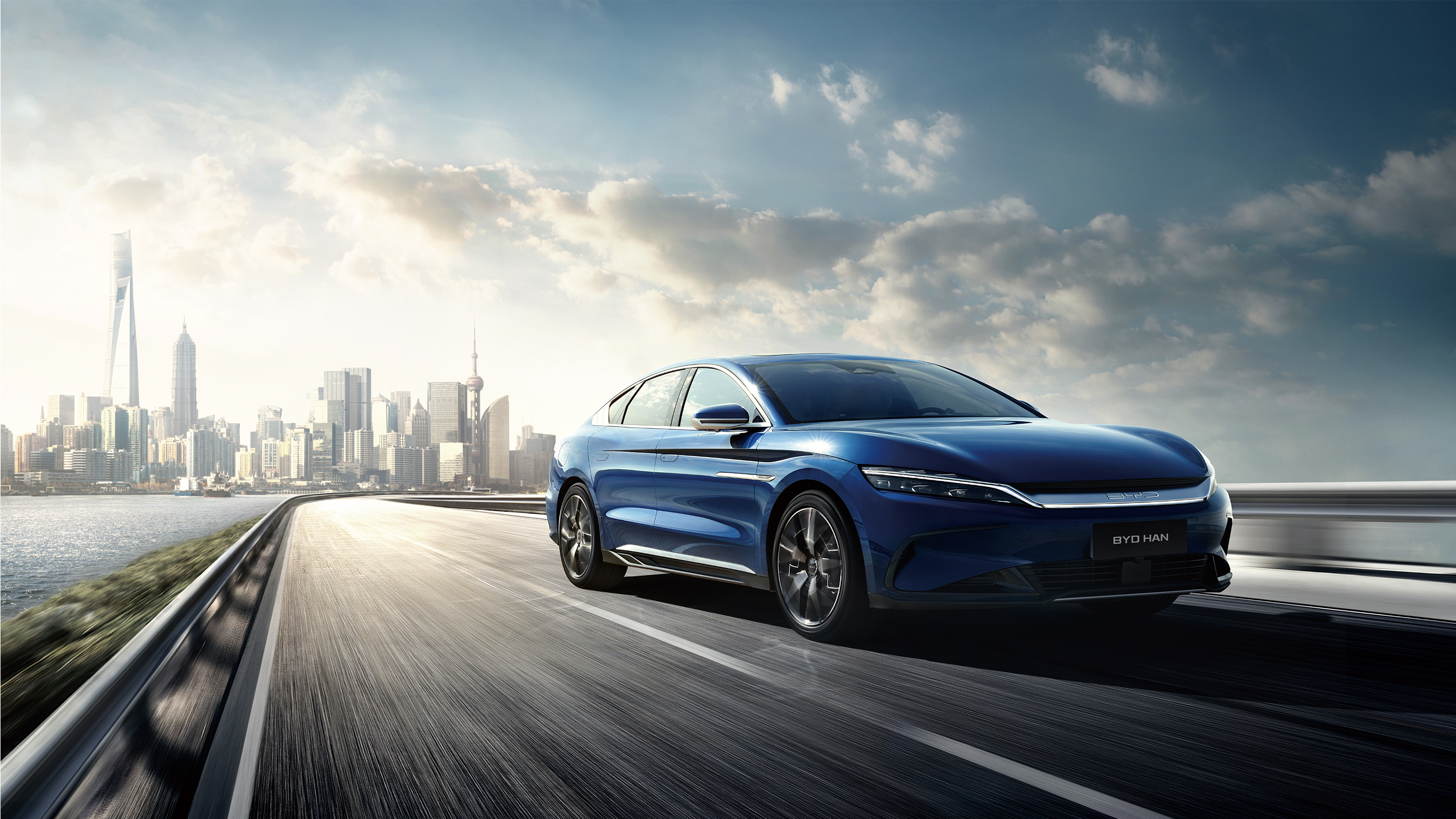 This new EV charger can charge as quickly as filling with petrol at the pump
This new EV charger can charge as quickly as filling with petrol at the pumpBYD's super e-Platform EV charger promises 1,000 kW charging at 1,000 volts
By Alistair Charlton
-
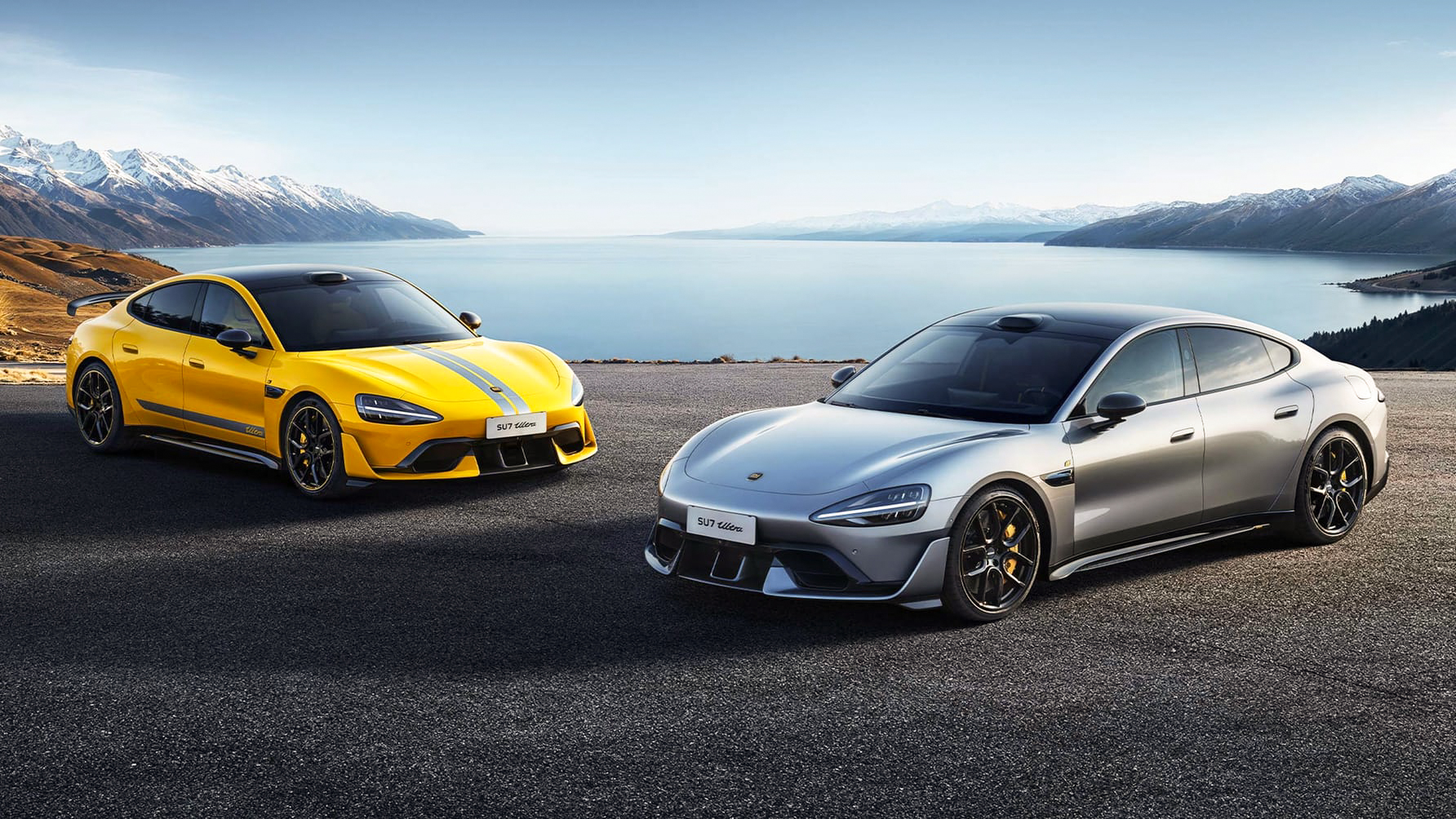 Xiaomi just revealed one of the most interesting EVs of the year
Xiaomi just revealed one of the most interesting EVs of the yearThe Xiaomi SU7 Ultra is a Chinese EV ready to take on Porsche and Tesla
By Alistair Charlton
-
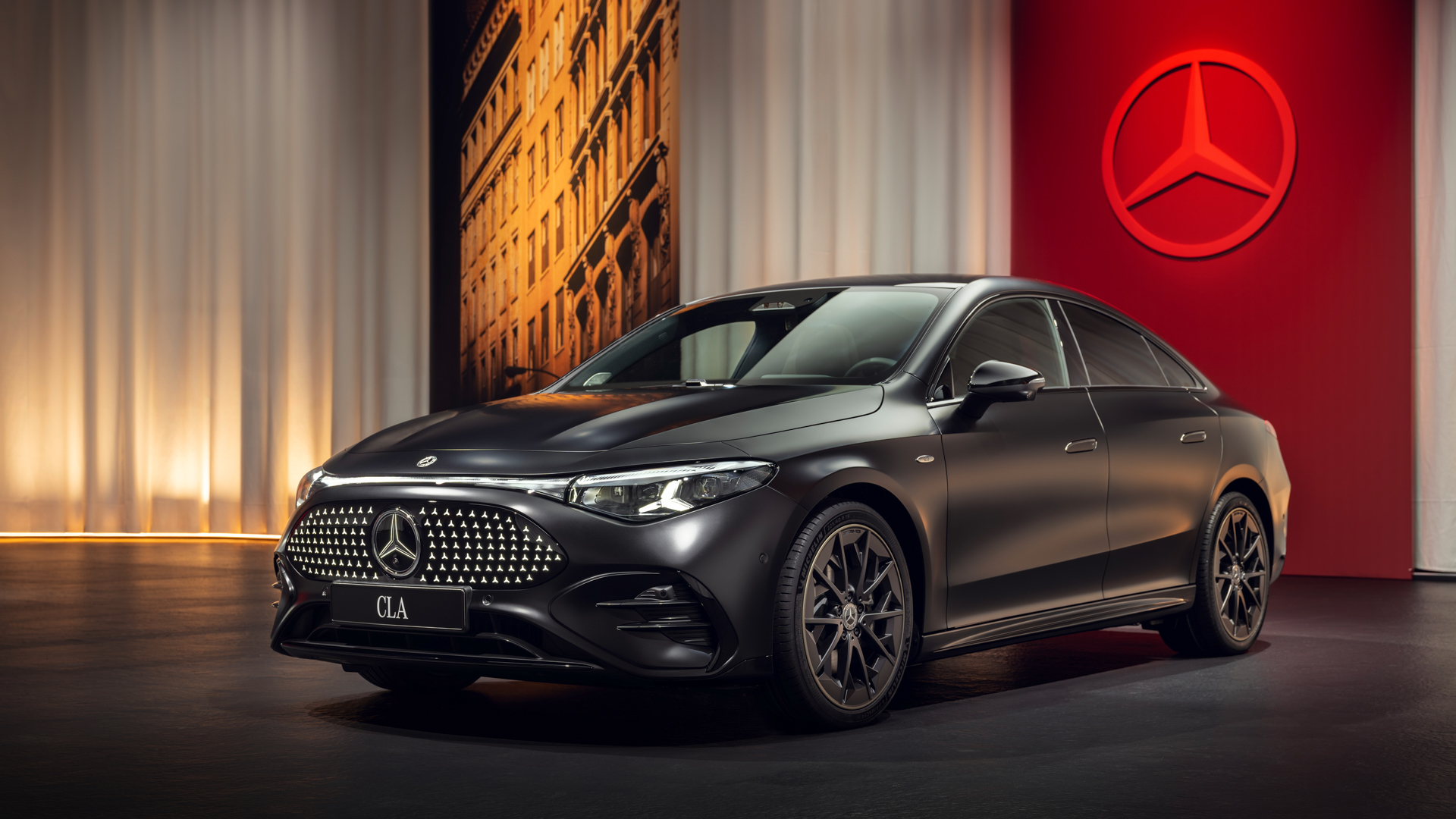 The all-new Mercedes-Benz CLA has AI so smart it wants to be your friend
The all-new Mercedes-Benz CLA has AI so smart it wants to be your friendMercedes’ second generation of electric cars has landed and it's a technology tour de force
By Alistair Charlton
-
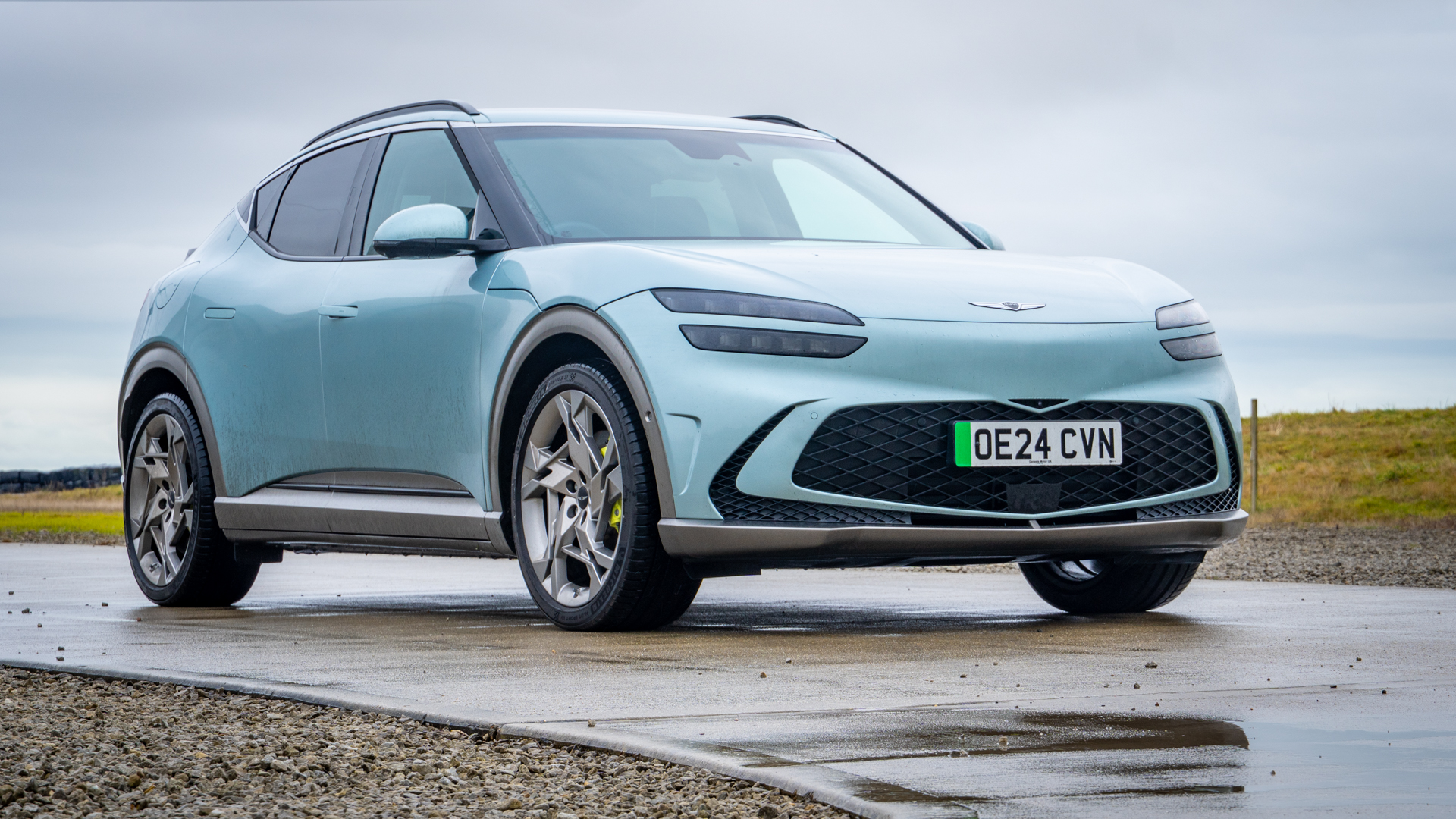 12 things I learnt driving this electric car for six months
12 things I learnt driving this electric car for six monthsHere’s what happened during six months and 4,000 miles with a Genesis GV60
By Alistair Charlton
-
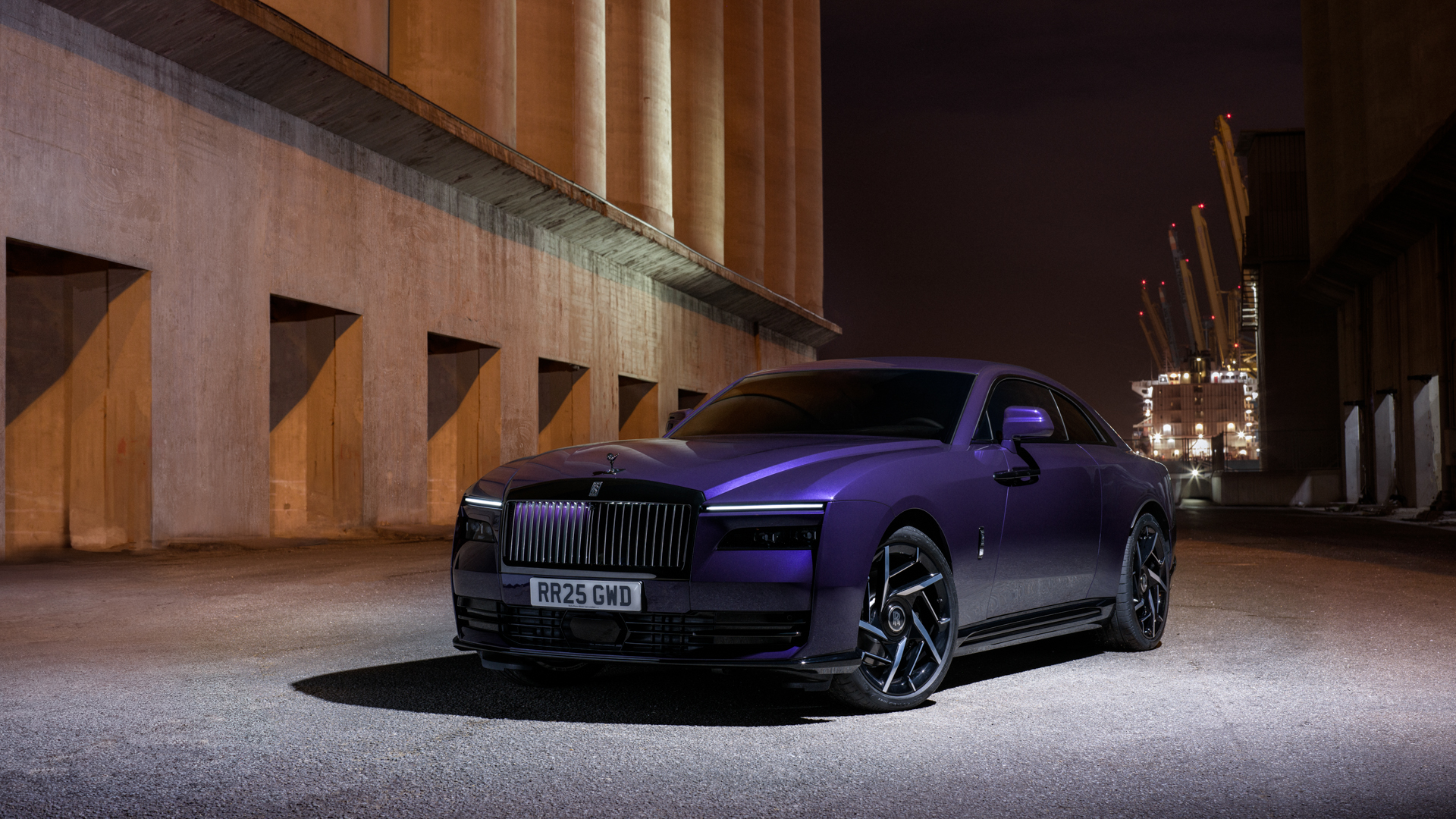 Rolls-Royce gives the electric Spectre a high-performance upgrade
Rolls-Royce gives the electric Spectre a high-performance upgradeThe new Black Badge Spectre is the most powerful Rolls-Royce ever
By Alistair Charlton
-
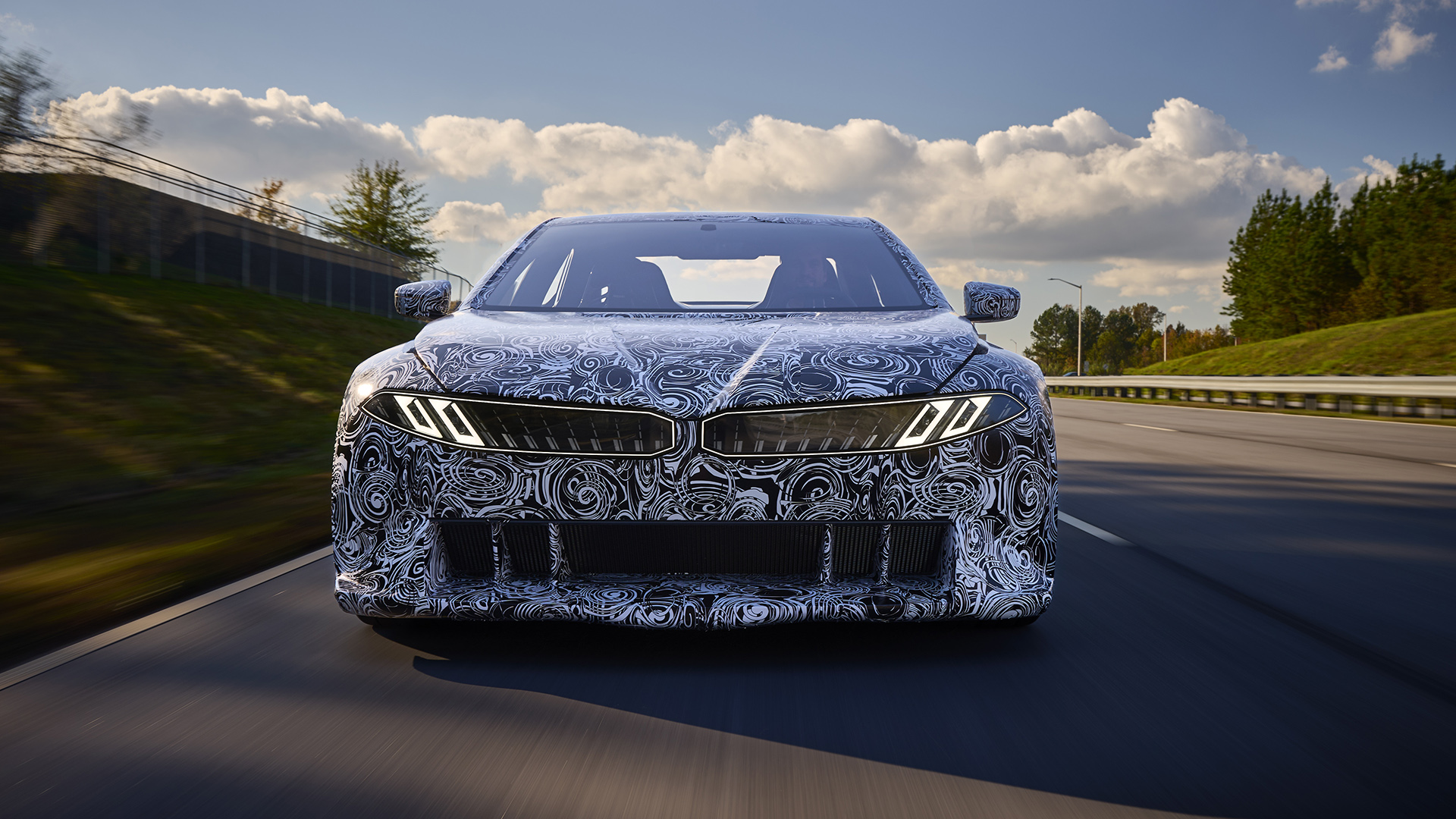 Forget Tesla, this is the most powerful EV I’ve tried by miles
Forget Tesla, this is the most powerful EV I’ve tried by milesThe BMW Vision Driving experience shows just how powerful EVs of the future could be
By Mat Gallagher
-
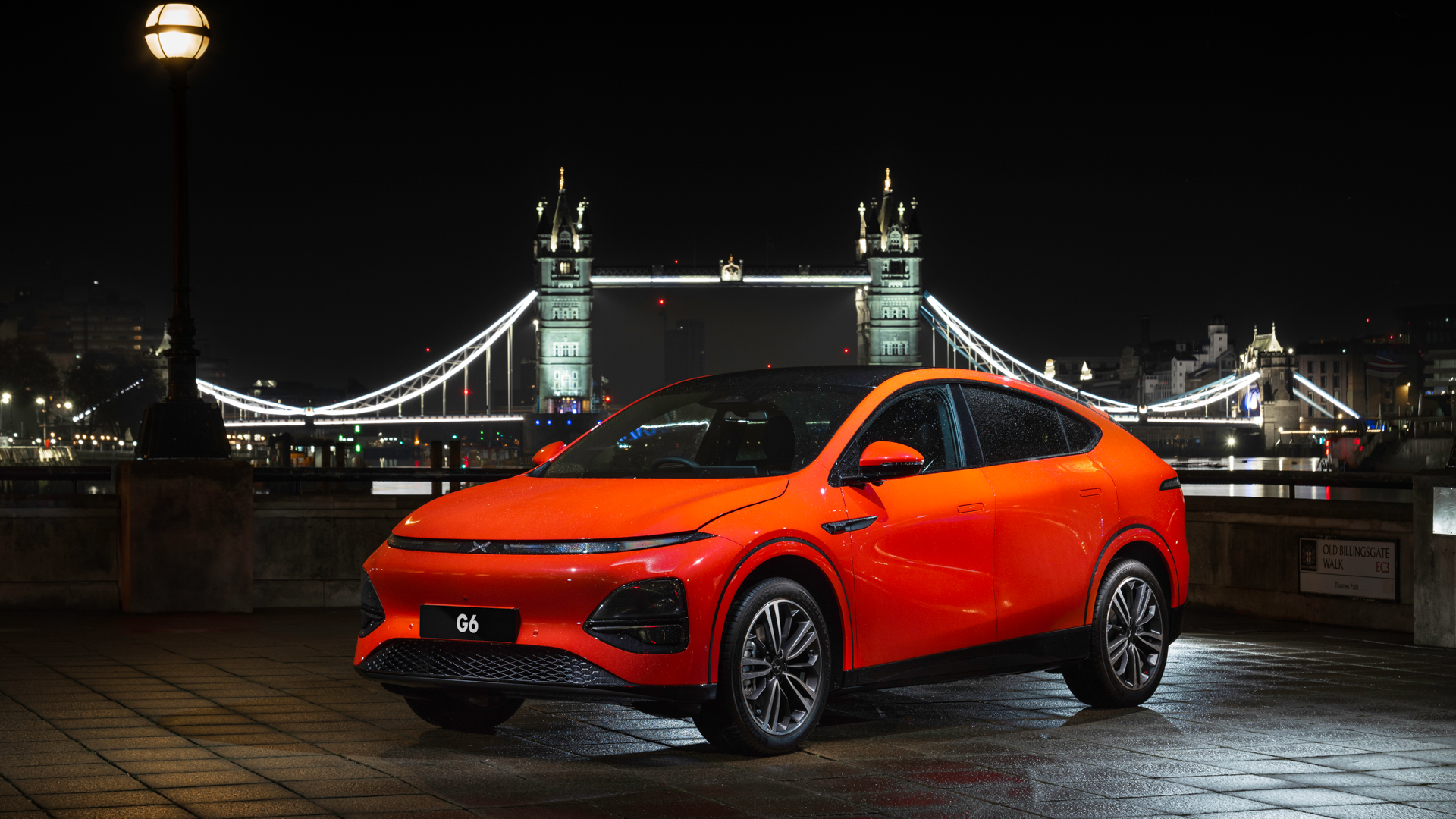 Still want that Tesla Model Y? Xpeng lands in UK with electric G6
Still want that Tesla Model Y? Xpeng lands in UK with electric G6Chinese Tesla rival Xpeng has launched in the UK with the £39,990 G6 SUV
By Alistair Charlton